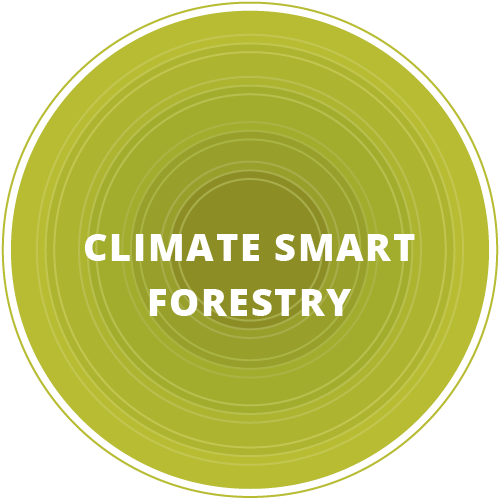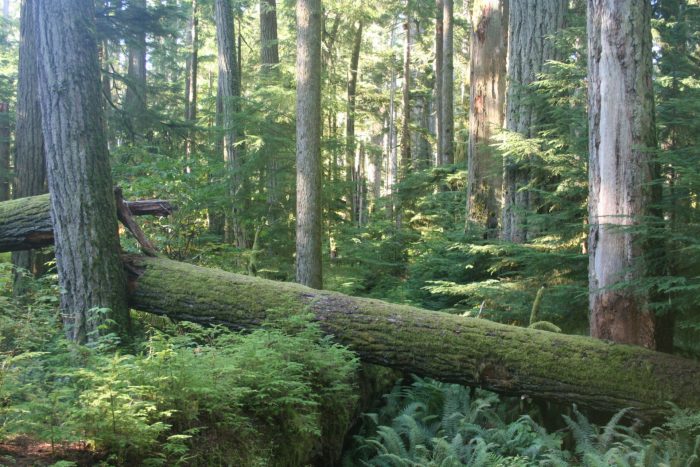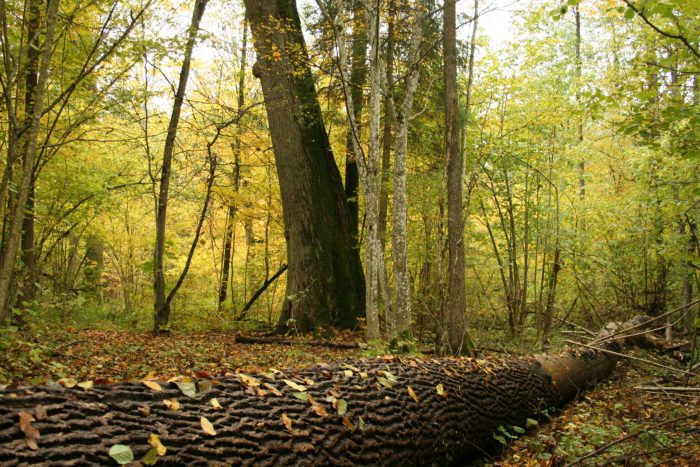Climate smart forestry

Climate mitigation and climate adaptation
Forests capture CO2 in their living biomass and soil. In addition, carbon is stored in harvested forest products. Therefore, forests can play a substantial role in mitigating climate change. At the same time, they must adapt to its effects. Only if they are resilient enough to cope with evolving conditions – drier summers, increased risks of forest fires, storms, pests and diseases caused by climate change – can they continue to be a substantial CO2 sink.
Aspects of Climate Smart Forestry
CSF aims to:
- optimizing tree growth and forest growing stock
- limit the negative effects of diseases, pests, storms and forest fires
- produce high-end forest products which act as a carbon sink
- preserve (soil) carbon
- preserve forest cover
- preserve drought stress
New forests
CSF is not just about optimising the management of existing forests. It also encourages creation of new forests as means of climate mitigation through:
- afforestation
- agroforestry
- planting trees and creating small woodlands, hedges, etc


Probos on Climate Smart Forestry
Probos develops practical tools and provides knowledge on CSF. We also offer insights into its costs and benefits for forest managers and policy makers.
Examples of our CSF activities include:
- development of an online CSF toolbox
- undertaking a pilot project to promote agroforestry on free range chicken farms
- development of climate smart regeneration options for forest stands affected by ash dieback
- innovative afforestation projects, for instance on saline land and in association with architects and landscape designers
- research into high-end applications for native tree species

